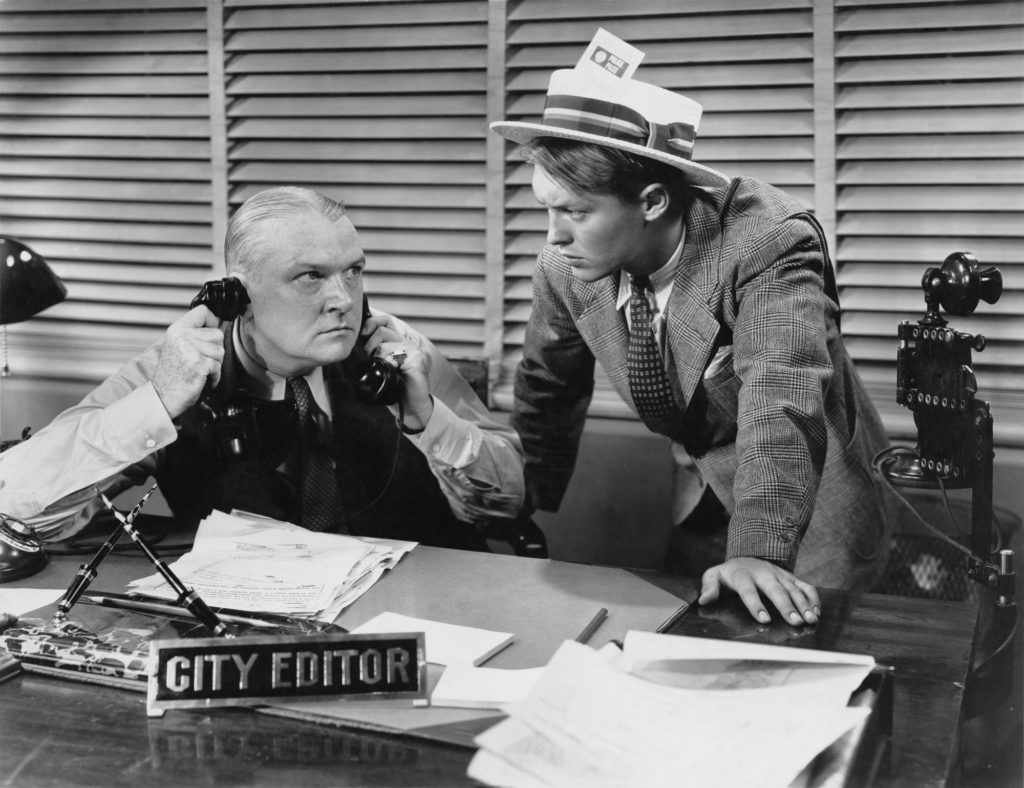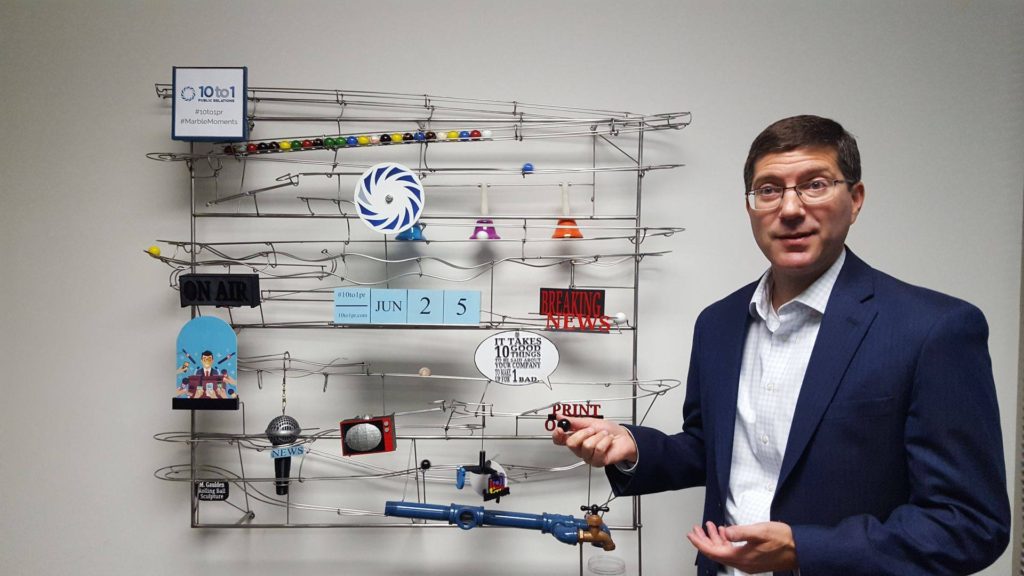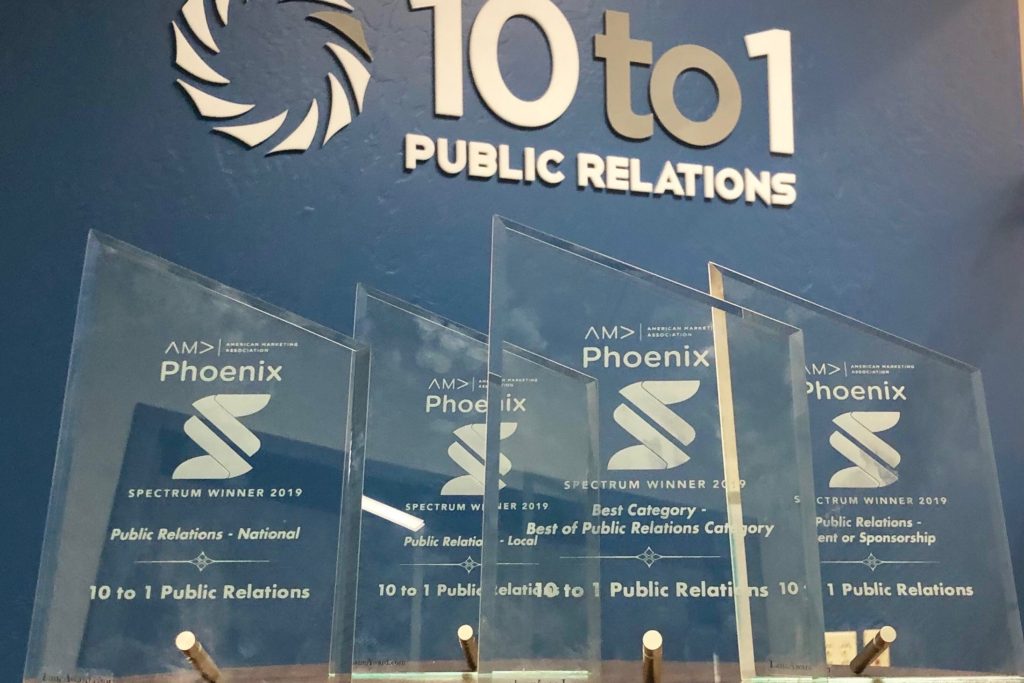You’ve landed a remote interview with a television station, congratulations! How do you make sure it goes well and you get your message across? How can you best avoid any technology failures or unwanted interruptions?

There are several things to keep in mind to ensure that you are prepared for the interview, both when it comes to visuals and audio.
BEFORE THE INTERVIEW
1. Ensure you have the proper technology. Things to consider:
- Make sure that you have the appropriate video software downloaded to your computer and that it is the most updated version.
- If you have an external camera and/or microphone, ensure they are set up and working.
- You can use headphones during the interview to enhance your audio, as the microphone will be higher quality than a standard computer microphone and be closer to your mouth to pick up your sound better. However, do not use large over-ear headphones as they will not look appealing on camera. Earbuds are recommended. If they are corded, use the one side with the microphone and hide the cord as best you can.
2. Identify your interview location. This should be a room in your home that has a door that can be closed to shut out unwanted interruptions. It should also be as close as possible to your internet router to ensure you have a strong internet connection.
3. Set up your space. Things to pay attention to:
- Light source – You want to avoid any light coming from behind you. If you have to position yourself in front of a window, close the blinds. A “fancy” at home set up will include a “ring light” that will cast a favorable light on your face to make you look your best. If you do not have access to a ring light but your face lacks the proper lighting, find a lamp in your home that you can position that shines some light on your face.
- Background – You don’t want a cluttered space in the background, but you also don’t want it to be barren. Positioning a bookshelf behind you is usually an appealing visual. Doublecheck the bookcase before the interview to ensure that all of the viewable titles are appropriate. If you don’t have a bookshelf, you can use a small table or desk behind you to arrange some memorabilia like photos or other décor for some visual interest. If you have merchandise or props related to your interview/company, they should be placed somewhere in the video frame.
- Set up a comfortable chair – You will want to be seated during the interview to prevent any random movements that may be distracting. Avoid a swivel chair if possible.
- Camera/Computer Position – Depending on how you will be seated, you will want to set up your computer or camera so that it is elevated. The camera should be level with your eyes for the optimal image. Elevate your computer by using a laptop stand or a stack of books. For the best framing, you’ll want to position the camera about an arm’s length away from you.
4. Run a Test. Using the appropriate video software with any external equipment set up, run a test call with a friend or colleague to ensure that your video and audio are working well and that you are happy with your setup.
DURING THE INTERVIEW
5. Prevent any noise interruptions. Items to check off:
- Turn your phone to “do not disturb” mode.
- Put a sign on your door that says, “do not disturb.” If necessary, do the same for your front door and ask people not to ring the doorbell.
- Alert family members of your interview time and request that they stay quiet or in another part of the house.
- Hide pets in another room for the duration of the interview.
6. Wear the appropriate clothing. Avoid bright patterns or colors that would blend in with your background. Solid pastels are best. Do not wear bright white or green, as these colors do not work well on screen.
7. Keep your body in check. Things to keep in mind:
- Check your posture. While seated, make sure you are sitting straight up. Roll your shoulders back to check you have the right posture.
- Stop bouncing your legs. It’s normal to experience some nerves before or during an interview. Keep your feet planted to avoid bouncing your legs.
- Watch your hands. Some people are very expressive with their hands when they speak. This can be distracting during a video interview. Try to keep your hands in your lap while you’re speaking for the most part, a little hand motion during some of the interview is okay.
- Grab a glass of water to keep by your setup in case it is needed during the interview.
8. Speak slowly and clearly. Speak more slowly than you normally would, it may sound weird to you but it will help you reduce the number of “ums” and allow the viewers to better follow your messaging.
9. Keep eye contact with the camera. It may feel awkward not looking at the computer screen when answering the reporter’s questions, but you’ll look your best for the interview when you are looking directly at the camera while you are speaking.
AFTER THE INTERVIEW
10. Thank the reporter. Ask if there is anything else that you can do to help them with the story. If the interview was recorded and will be used later, ask when they anticipate the interview will air.
11. Send b-roll and photos. If the interview was recorded, send the reporter any additional b-roll or photos that could help enhance their story.
12. Share the interview. Once the interview has aired or been posted, share it far and wide via your social media channels and email newsletter! Be sure to also post it to the media or blog page of your website.
Following these tips should guarantee a successful remote at-home video interview. It is particularly important to consider these tips at this time while the coronavirus pandemic has forced many television news stations to shift operations and prioritize remote interviews like these. By providing an excellent interview, it’s more likely that you’ll be invited back for another interview in the future.
— written by Erica Fetherston, Sr. Account Exec at 10 to 1 Public Relations










